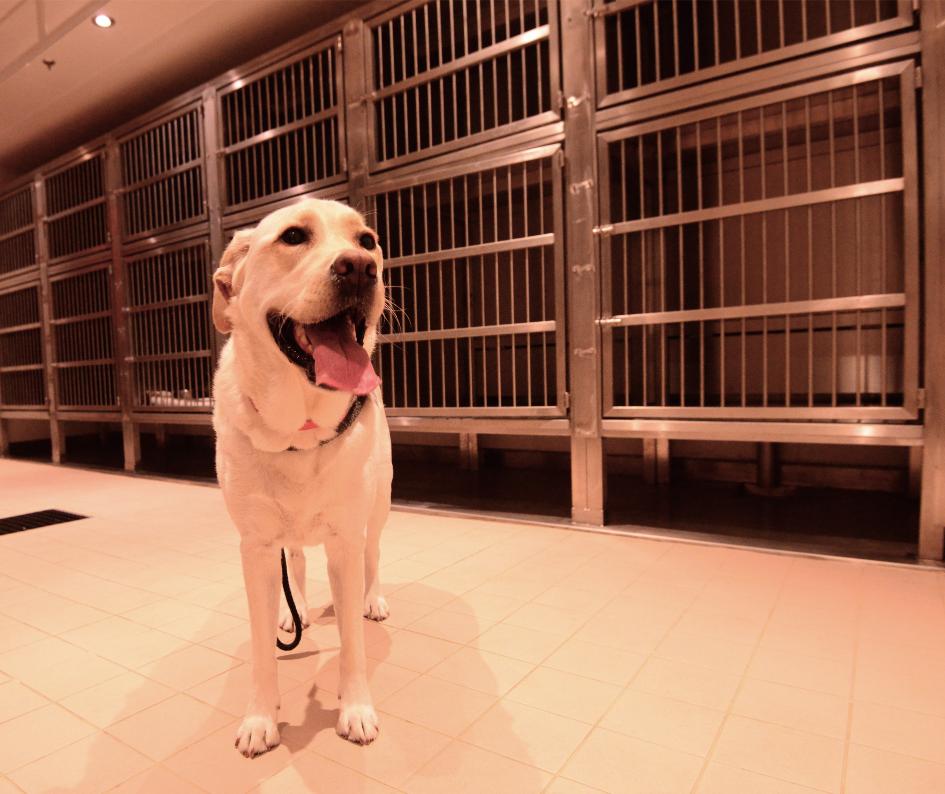Coughing or Sneezing? Respiratory Illnesses in Pets You Should Know About

As cooler air starts descending on Ohio, you might notice your dog or cat looking a little under the weather. Seasonal shifts, especially in the fall, can lead to a spike in pet respiratory infections. With early diagnosis and treatment, most pets recover just fine.
Below, the team at All Critters Veterinary Hospital shares information about some of the most common respiratory infections in pets, and what to do about them.
Kennel Cough
Kennel cough outbreaks are common in the fall—far more than most pet parents realize. Indoor training sessions, seasonal boarding stays, and cooler temperatures can all contribute to the spread of this pesky illness.
Also known as the Canine Infections Respiratory Disease Complex (CIRDC), kennel cough is caused by an array of bacteria viruses, including:
- Bordetella bronchiseptica
- Canine parainfluenza
- Adenovirus
- Canine influenza (H3N2 and H3N8)
Dog cough symptoms usually include the following:
- Harsh cough, sometimes with retching or gagging
- Sneezing
- Nasal and/or eye discharge
- Mild lethargy
- Lowered appetite
For kennel cough, the incubation period can be anywhere from 3 to 10 days. Mild cases usually resolve themselves in about a week to 10 days, but serious cases or those that develop into pneumonia can last a lot longer.
If you suspect your pup has kennel cough, quarantine her from your other pets and call your vet. Most pups just need plenty of rest and hydration, but some may need antibiotics or cough suppressants. Your veterinarian will guide you through the appropriate treatment.
Feline Upper Respiratory Infections
Cats can suffer from respiratory issues, too. In felines, upper respiratory infections are often caused by feline herpesvirus (FHV-1) or calicivirus. But bacteria like Bordetella bronchiseptica and Chlamydophila felis can also play a role.
Symptoms of upper respiratory infections in cats include:
- Sneezing
- Stuffy or runny nose
- Eye discharge
- Mouth ulcers
- Coughing
- Lethargy
- Fever
- Loss of appetite
For cats, many upper respiratory infections incubate for 2-10 days, with symptoms lasting anywhere from 7 to 21 days.
Vaccination can help reduce the severity of these infections, but they don’t guarantee full prevention. Plus, infected cats can become carriers of diseases—especially herpesvirus—resulting in recurring infections when they get stressed.
Reach out to your veterinarian if your kitty is struggling with symptoms of a potential upper respiratory virus. Make sure she stays well hydrated and gets lots of rest as she recovers.
What Pet Parents Can Do
Prevention is worth a pound of cure. Here’s what pet parents can do to help keep respiratory infections away from their furry family members:
- Stay up-to-date on vaccinations, especially Bordetella and canine influenza for dogs and FHV-1 and FCV for cats
- Avoid using boarding or daycare facilities during known outbreaks, which can skyrocket in the fall and winter
- Consult with your veterinarian as soon as symptoms appear
- Isolate your sick pets until they’re fully well (usually 10-14 days after symptoms resolve)
- Offer supportive care, including hydration, rest, proper nutrition, and clean, humid air to help your pet breathe more easily
Seeing a cat or dog sneezing in October isn’t necessarily unusual. Allergies can abound this time of year, too. But if the sneezing persists or other symptoms appear, a visit to the vet is in order.
The caring team at All Critters Veterinary Hospital is here to help your pet stay healthy. Reach out to us for preventive care—like vaccinations—or diagnosis and treatment for sick pets at 614-305-2085.
